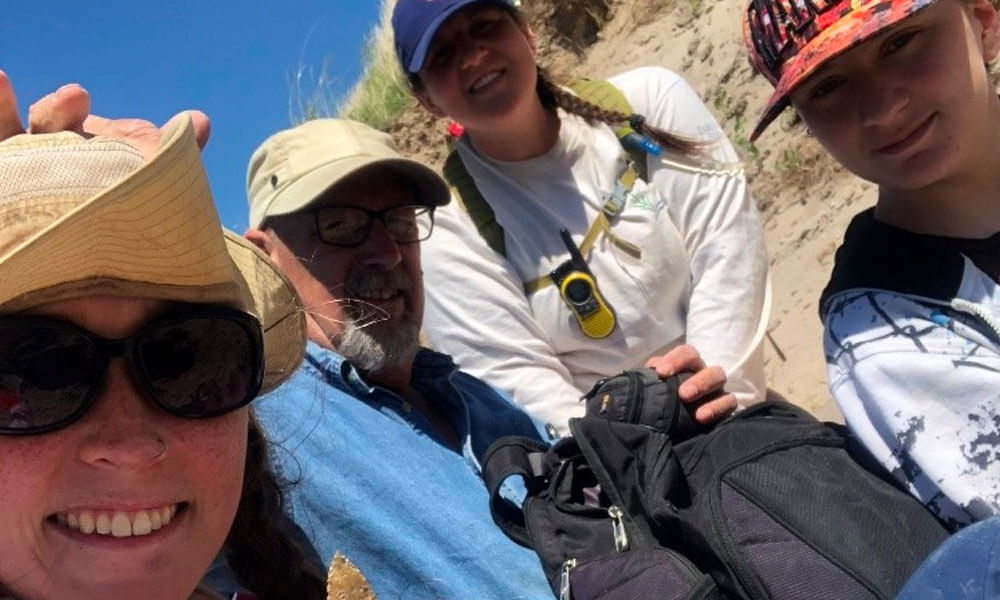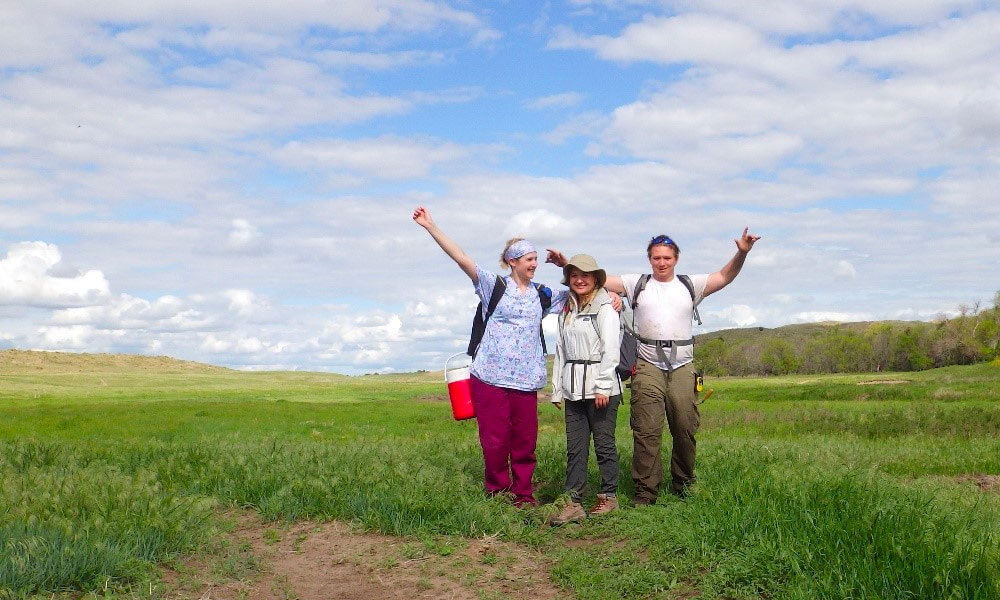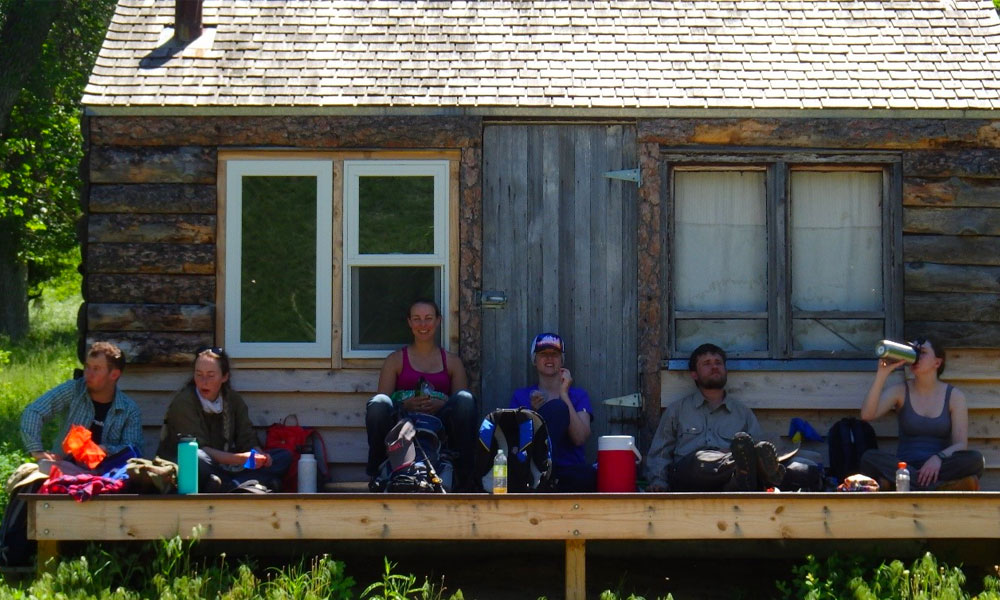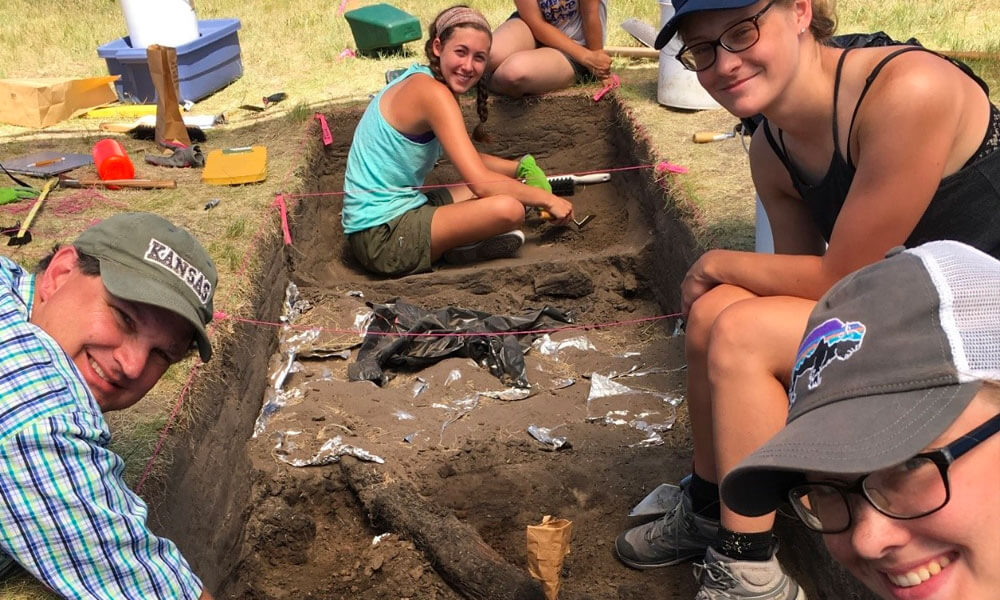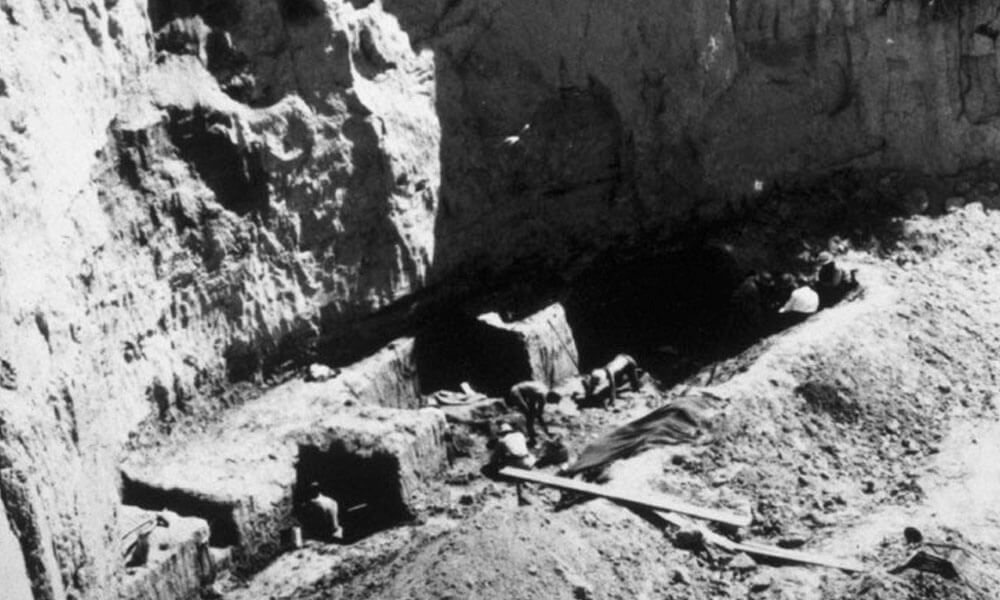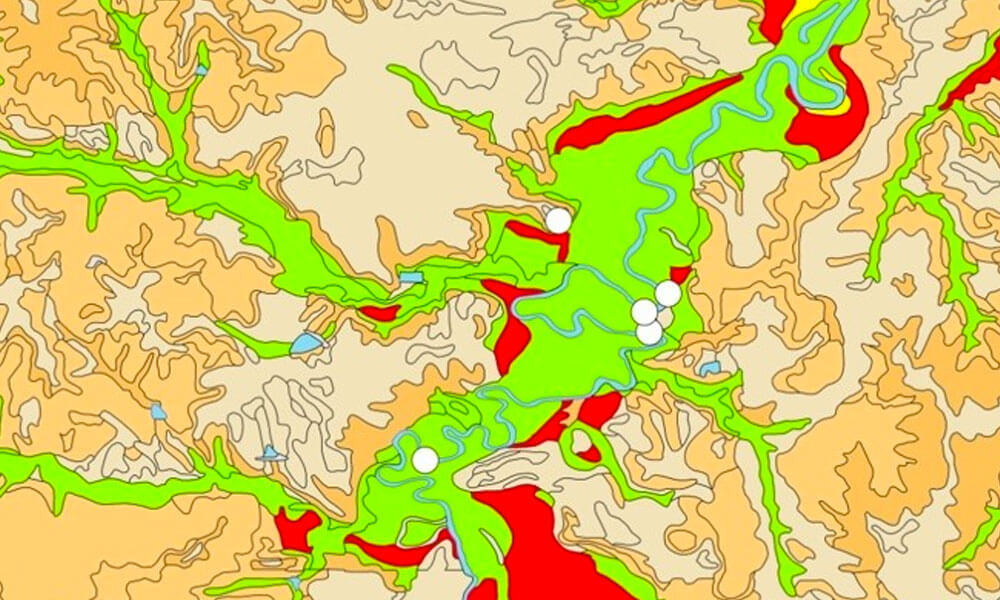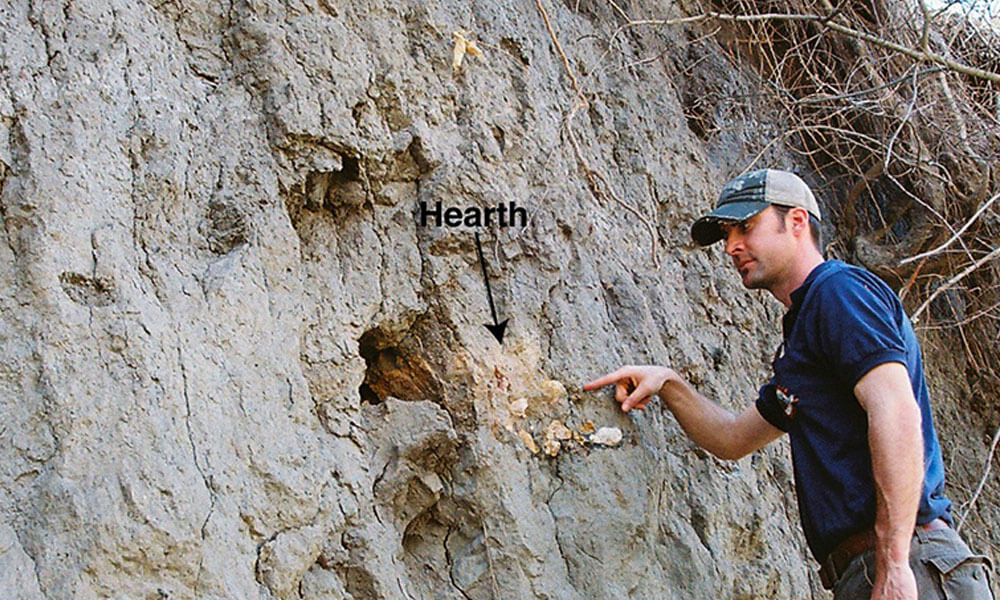Archeology
Current Projects
Repatriation of Native American Human Remains and Funerary Objects
Starting in the early 1990s, History Nebraska began repatriating human remains and funerary objects to descendant Native American groups. The long-term project has required decades of work by Native historians, attorneys, physical anthropologists, collections specialists, archeologists and technicians with skills in identifying materials such as plant remains, animal bones, textiles, and ceramics. These efforts were required to determine which remains belonged to which tribes and which artifacts were funerary objects.
By 2010, nearly all remains affiliated with specific tribes were returned — over 700 individuals. However, for over 600 Native American remains, the information was lacking to make a tribal determination and the remains continued to sit on our shelves, classified as unaffiliated.
Beginning in 2017, History Nebraska initiated a consultation with 37 tribes from seven states to find a solution to this problem. These tribes represent all groups with some connection to what is now Nebraska. Through negotiation, we reached a decision jointly repatriating these unaffiliated remains with all tribes through the concept of shared group identity. About one-third of these were laid to rest in southeast Nebraska in the summer of 2019. The remainder are scheduled for reburial in central Nebraska. Both reburial locations are private.
The State Archeology Office still deals with human remains, but only in the event of inadvertent discovery or at the request of law enforcement for forensic cases. The same laws apply in these cases and any Native American remains are repatriated. In the case of non-Native American remains, the relevant county attorney sees that bones are reburied if descendants cannot be found.
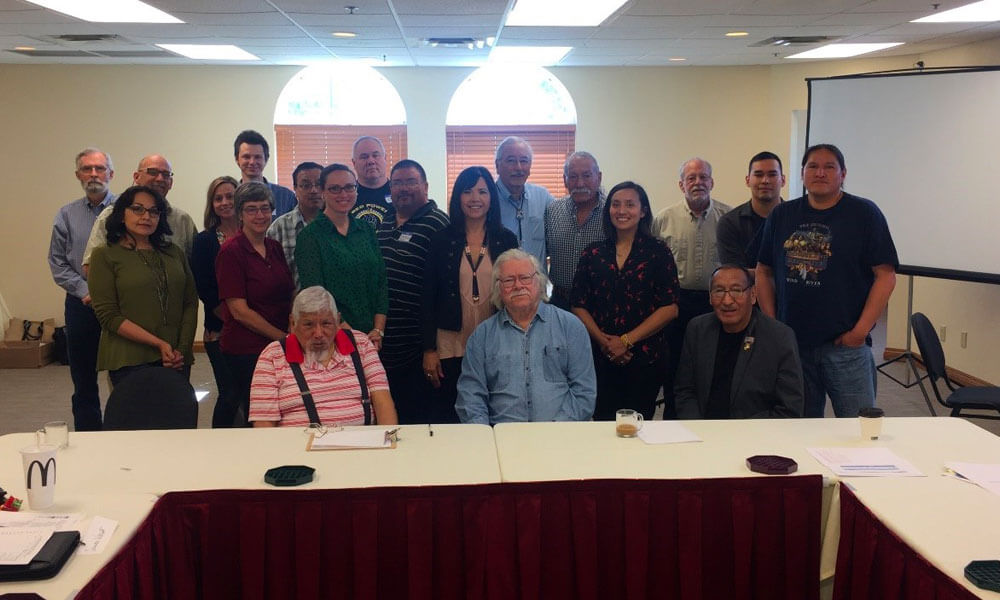
Become a Member!
Our members make history happen.
Join Now
Sand Hills Archeology Project
The survey operation covered 8695 acres and resulted in the discovery of 211 archeological properties ranging in age from 10,000 years old to early 20th-century ranch ruins. Limited test excavations were performed at ten sites to gather data for National Register of Historic Places eligibility determinations.
The Humphrey Archeological Site is a 17th century Plains Apache village listed on the National Register. Background research indicated the site had been mis-plotted and the nomination lacked detail. In 2017 and 2018, we conducted a geophysical survey of Humphrey and tested several anomalies in support of an updated National Register nomination, which has yielded exciting new information about Apaches in the Sand Hills.
Buried Sites Geographic Information System
The project is designed to assist NDOT and other agencies in determining areas that should be avoided or further investigated during construction project development and design. The project seeks to identify deeply buried archeological sites which are not typically identifiable using traditional methods of surface survey and shovel testing. The GIS tool is based on surface landforms and soil types combined with 50 years of archeological and geomorphic excavations around the state.

